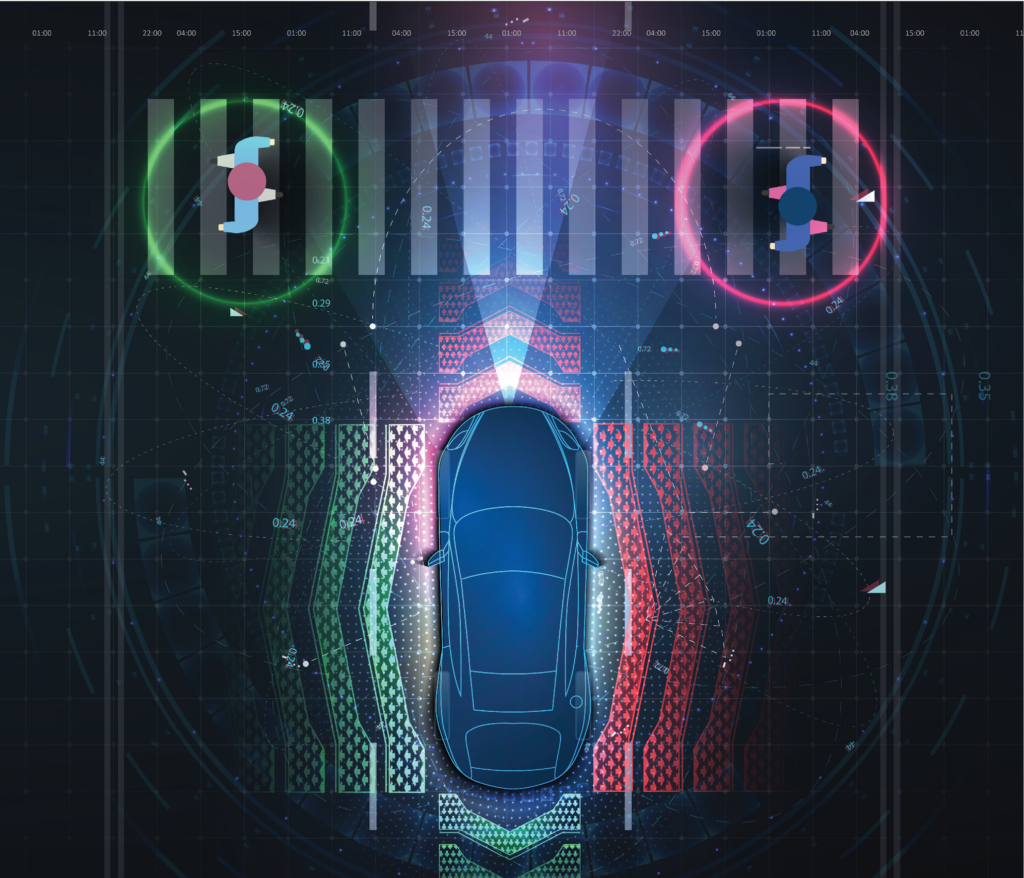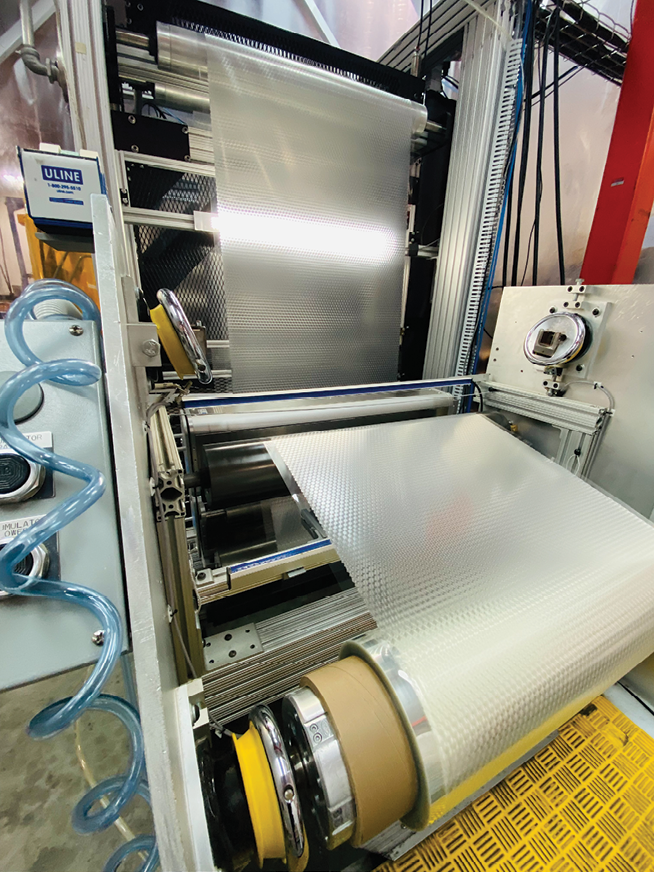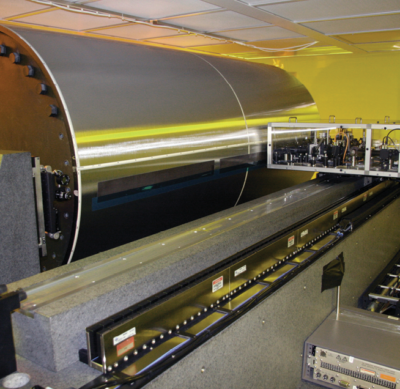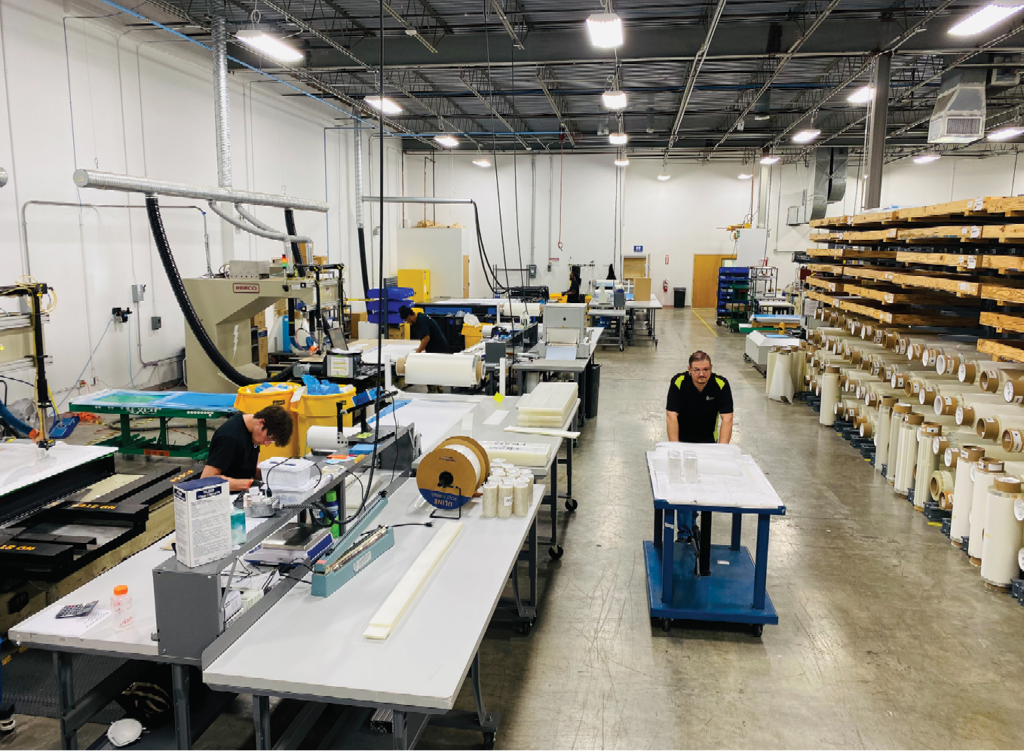How to achieve efficient, uniform illumination and iterate quickly with a customized solid-state lidar design
As automobiles become more technologically sophisticated, they require ever increasing information from the outside world—along with information about the driver and passengers inside the vehicle. New sensors enable higher-speed data acquisition and higher-resolution imaging of surrounding environments, paving the way for autonomous or semi-autonomous driving and creating more effective passenger monitoring.
Flash lidar systems have become a popular tool for developers to advance new data-driven applications thanks to their simplicity and low cost—a strong light source, however, is required for effective deployment. Micro lens array (MLA) technology has emerged in parallel with lidar systems as a tool to optimize the efficient use of light from the lidar source.
This article provides more insights on the benefits of MLA technology and an overview of how an iterative approach can be used for quickly converging on high-performing optical designs.
The lowdown on lidar optics
Flash lidar uses a pulse of light, usually emitted from a vertical cavity surface emitting laser (VCSEL) array, coupled with a time-of-flight (ToF) camera, to detect objects around a vehicle. Automotive developers often position these systems at strategic points around a vehicle to enable a 360° view. The VCSEL array is a semi-collimated source and requires lidar beam shaping to achieve the specified field of view (FOV) and 3D mapping for the surrounding environment.
Conventional lighting diffusers do not typically perform well in automotive lidar systems because they tend to lack uniform illumination and can result in wasted light output. MLA diffusers offer a way for developers to overcome this hurdle using complex shapes to achieve both uniform and efficient illumination over a desired FOV for a range. The solutions are an attractive option for applications where a cost-effective and efficient light management solution is needed.
Efficient, uniform illumination
MLA technology consists of microscale lenses that are engineered to manage and shape light for the visual intelligence needs of various applications, including consumer and automotive displays, lidar, sensing systems and LED lighting. These solutions can take on a variety of shapes and sizes to suit the required light output based on a given light input.
Examples of MLA distributions for vehicle applications include a rectangular FOV profile, which is generally for long- or mid-range lidar applications, and wide-spreading profiles with angle bend for shorter-range lidar applications. They can also be custom-made for a particular application or device.
MLA solutions are created using a grayscale lithography technique to individually “write” patterns into a specially formulated, photosensitive polymer. These patterns are converted into products using a high-capacity, roll-to-roll production process (sometimes called a continuous web process). The method helps establish a completed diffuser product from a roll of bare plastic without having to cut the initial roll into sheets to be processed one at a time. The final roll can then be easily stored or shipped, and later cut to whatever size a given application needs.
Tackling complex designs
When it comes to determining the beam specifications for a particular application, there may not always be a clear-cut way to calculate the necessary optical surface for a desired target profile. This can present a design challenge for developers, causing optical modeling to become very slow with one design taking hours to simulate.
For a more iterative approach, developers should consider partnering with a technology provider that can work closely in collaboration through the design and tooling process. BrightView’s tooling system for MLA applications is designed to enable rapid iteration through creation and characterization of many versions (~200) of a lens design in a single 8-12 hour run cycle. The process can be repeated, while varying the parameters, if necessary, until specifications are met.
The following is a general overview of BrightView’s tooling process, which is engineered to take customers from the design process through production:
- An MLA design is created via in-house software
- The software transfers the design to BrightView’s custom grayscale photolithography digital tooling system
- A high-volume, roll-to-roll photo-replication process is used to generate mass production
- Rolls can be converted to individual parts using laser cutting, die cutting or precision computer numerical control routing. Highly consistent tooling is created from the primary tool.
Through this iteration process a single MLA file can be created for a lens design and seamlessly transitioned into production. BrightView’s large-scale production tooling runs in synch with the roll-to-roll mass production line in its manufacturing facility.
Prototype to production
Flash lidar systems will only increase in proliferation as innovation in autonomous and semi-autonomous vehicles moves forward. Additionally, applications such as in-cabin sensing continue to advance with industry efforts to enhance automobile safety by monitoring driver alertness as well as applications such as gesture control. These applications also use VCSEL arrays that require beam shaping and direction management.
MLA solutions serve as a resource for advancing automotive applications with optimized optical designs that leverage customizable light bend and beam shaping solutions available in a variety of form factors. As innovation continues to drive the industry forward, the technology can help developers achieve the right level of visual intelligence to be a leader in the competitive race ahead.
 John Wilson, PhD is a member of the technical staff in the R&D group at BrightView Technologies, where he designs high-performance micro-optics for lidar, remote sensing, and machine vision applications. Please send technical questions, business inquiries or other requests to jwilson@brightviewtech.com.
John Wilson, PhD is a member of the technical staff in the R&D group at BrightView Technologies, where he designs high-performance micro-optics for lidar, remote sensing, and machine vision applications. Please send technical questions, business inquiries or other requests to jwilson@brightviewtech.com.



